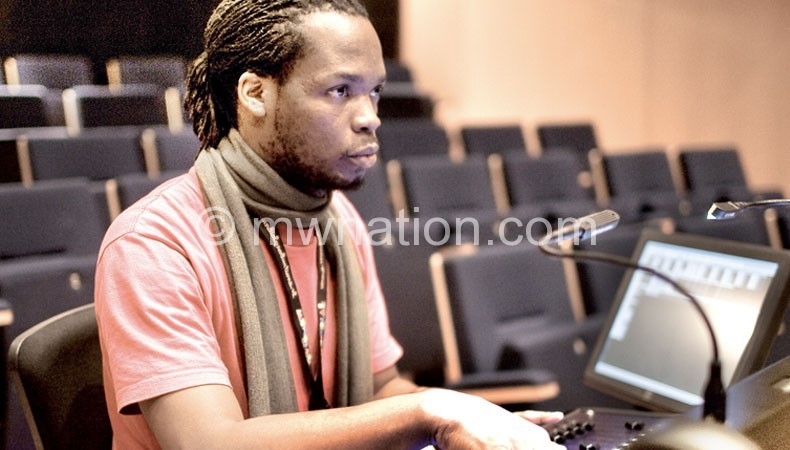Cost of improvising studios

With digital revolution, the task of making music has been simplified to the point that a computer, microphones and mixer can churn out music.
However, music production has to be made in the right places if quality is to be achieved.
And that starts with the type of the studio in which the music is produced.
A music studio has to be sound-proofed to make sure that sound does not bounce back or produce echoes.
As for the equipment, one cannot use ordinary microphones but condenser microphones which are exclusively meant for studio recording.
However, due to the high costs of importing music equipment and setting studios, Malawian artists have to fly to get where international artists just walk.
An interior of a typical Malawian studio has egg crates fitted in the ceiling and walls.
The crates are meant to work as acoustic boards which act as a sound barrier that absorb the reverberation to reduce echoes and external sounds.
And sometimes the pop filters on microphones which are designed to eliminate the noise produced from sounds such as “p” and “b” will be replaced with a cloth fitted on a wire while the noise guard will be replaced with mattress foam.
But how effective are these studios in as far as music production is concerned?
Musician Sally Nyundo, who trained in music engineering in France, bemoans lack of professional studios in the country.
“Most of the studios that we record in are the level of home studios used for recording demos for artists in other countries before they go to a professional studio, but because we do not have enough money to buy the equipment, we have to use best the equipment that we have,” says the reggae artist.
He adds that improvised studio soundproofing system work well only if fitted by someone who knows how sound works.
“The main aim is to absorb the sound so that it does not get back to the microphone,” he says.
Sally’s view is shared by Lemekeza Phiri, a music producer who studied in Belgium: “Most of the studios that I have seen using the improvised acoustic boards, use crates fitted to a wall, and I don’t think that would work,” says Phiri, who laments that the use of unprofessional software such as Adobe and Flooty Loops also compromises the quality music greatly.
He states that if improvised acoustic and sound-proof system were to work, one has to have a layer of mattress foam covered with plywood where they can fit the empty egg crates.
Nyundo adds that even with great state-of-the-art equipment, one has to know the basic things such as where to place the microphone to get best results.
“The problem is that most studios are in residential homes; either with the studio operating in a bedroom or the whole house operating as studio. As such, they do not have tailor-made fittings for a studio.
“Most studios have only one door but a normal studio should have two doors at the entrance to make sure of no external sound interference,” he says.
On the type of microphones that are supposed to be used in the studio, Nyundo and Phiri agree that condenser microphones are ideal for sound recording.
Nyundo adds that the use of pop filters is vital to eliminate the sound that is produced by the air that is trapped in the mouth as one articulates syllables with sounds such as “b” “p” and “t”.
“Condenser microphones are very sensitive to sounds and can record even a sound of a flying mosquito in the studio, and there is need to eliminate such unnecessary sounds,” he says.





